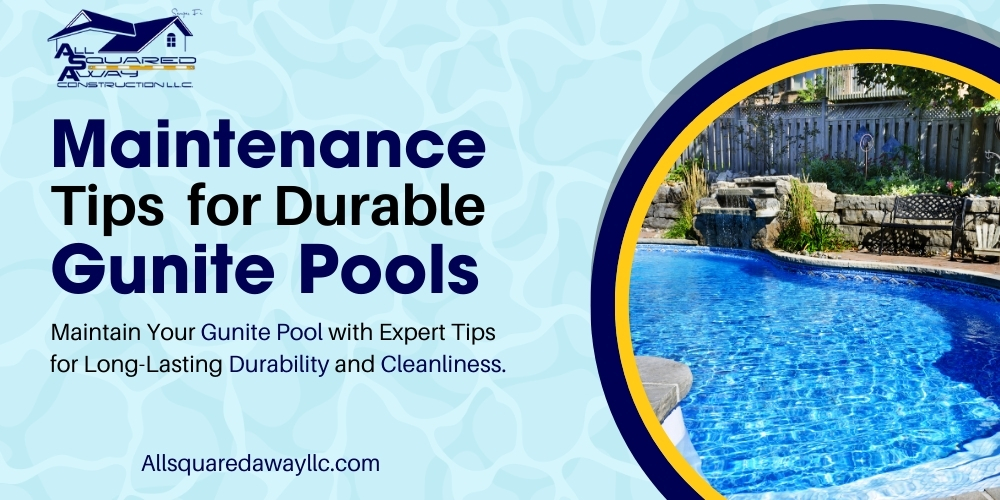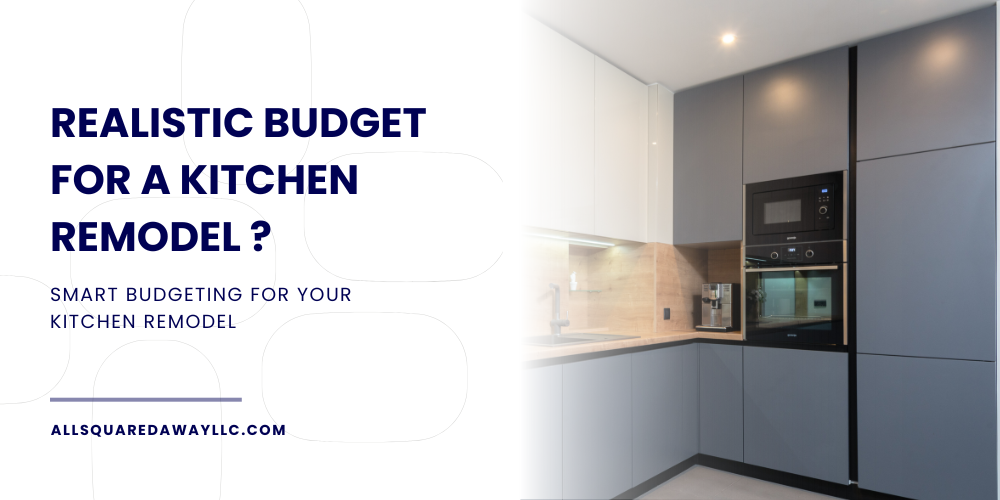Gunite pools boast exceptional durability and multi-functional designs, making them one of the most demanded options by homeowners today. Still, their resilience only makes them perform well without needing maintenance.
Maintenance will help retain the pool’s structure, beauty, and functionality. You can keep your gunite pool safe and inviting for years with the appropriate maintenance practices. Proper care alone can prevent damage, manage algae and debris, and substantially extend the life of this valuable outdoor investment.
Regular Cleaning and Skimming
The first step in maintaining the gunite pool is cleanliness. Skimming will help remove the leaves, bugs, and other debris that build up unsightly, making the usual cleaning much more manageable.
For effective skimming, try owning a high-quality skimmer net with a telescoping pole to help reach those hard-to-reach areas. Gunite pools must be vacuumed weekly to cover the dirt and algae that might settle on the pool floor. While robotic cleaners are very effective for automatic cleaning and save time, manual vacuuming ensures hands-on care in the service of a pool.
Other essential maintenance includes brushing the walls and tile lines weekly. Gunite pools are also very susceptible to algae growth, meaning heavier months most likely come with the approach of warmer weather. You will brush your gunite pool with a nylon-bristle pool brush so it will not scratch the surface. Pay particular attention to the corners and steps where algae most frequently congregate.
Regular skimming, vacuuming, and brushing will protect your pool’s finish from discoloration and prevent algae from spreading. These measures will also make general maintenance easier and keep your pool clean.
Maintaining Proper Water Balance
The proper water balance will avoid corrosion or scaling, which could damage your pool surface and equipment. Pool water must be tested at least weekly to check chlorine levels, pH, alkalinity, and calcium hardness levels. Chlorine controls bacteria and algae, while pH needs to be within a range of 7.4 to 7.6 so as not to irritate the skin or damage equipment. Low pH can cause corrosion, while high pH can result in scaling on surfaces.
Alkalinity tends to buffer the pH, and the water can be very stable in acidity in the 80-120 ppm range. Calcium hardness-ideally in a range of 200-400, prevents water from drawing minerals out of the pool structure itself, thus weakening surfaces.
Water testing kits or digital testers make it relatively easy to keep the pool environment in balance regularly. Proper water balance also minimizes the need for heavy chemical treatments that preserve the structural integrity of a gunite pool to avoid costly repairs.
Routine Inspection for Cracks and Wear
Gunite pools are resilient, yet regular inspection is crucial to detect early signs of damage. Over time, minor cracks or wear spots may form due to shifting ground, temperature changes, or improper water balance. When inspecting a Granite pool for signs of chipping, cracking, or discoloration, inspect its walls, floors, and any surrounding decking, paying particular attention to tile lines, which must be detected early enough.
When you notice cracks or rough areas on your pool deck, it is wise to address them quickly. Small cosmetic cracks might be addressed using do-it-yourself patch kits; professionals should handle larger or deeper ones to prevent structural issues.
Regular inspection and repairs can prevent minor issues from worsening into more costly issues and ensure your pool remains safe while looking its best.
Seasonal Pool Maintenance
Seasonal care is the most effective way to preserve your gunite pool through extreme temperature changes and for an extended period when the pool is out of use. If you live in cold climates, you must winterize to avoid freeze damage. Lower the water level in your pool, clean out all plumbing lines, and add some antifreeze specific for pools if the temperatures fall below zero. You will also want to cover your pool with a heavy-duty fitted cover that will protect it from debris, ice, and snow.
When the weather starts to warm again, reverse the steps described in winterization: clear the debris, refill the pool to its recommended level, and clean the cover before storing it. Check all equipment pumps and filters for any possible damage due to months of inactivity.
Seasonal maintenance also includes balancing the water chemistry and brushing surfaces to remove residual algae or stains. Proper seasonal care prepares the pool for a smooth start of the swimming season without surprises for costly repairs.
Seeking Professional Help When Needed
While many pool owners can handle the routine tasks, some situations require professional attention. If cracks appear to be extensive, the balancing of water may be complicated, or the pool has started showing any appearance of structural damage.
It’s best to seek out a professional. Some of these underpinning problems could be detected through regular visits by pros who will inspect and service the pool. By partnering with the experts, you can protect your investment, avoid costly mistakes, and have a consistently clean and safe pool.
Conclusion
Caring for a gunite pool requires daily, weekly, and seasonal maintenance to preserve its appeal and functionality. From regular cleaning and water balance to timely inspections and seasonal care, these steps ensure the pool remains a centerpiece of enjoyment for years.
Contact All Squared Away Construction, LLC, your trusted pool care and preservation partner for comprehensive pool maintenance and expert advice.





